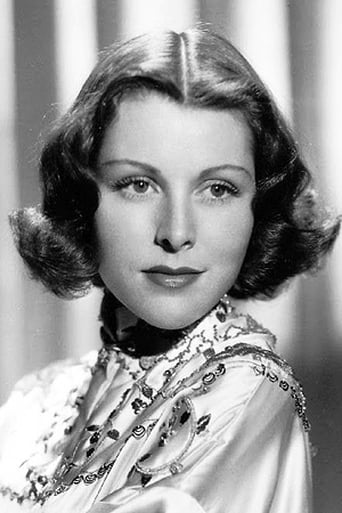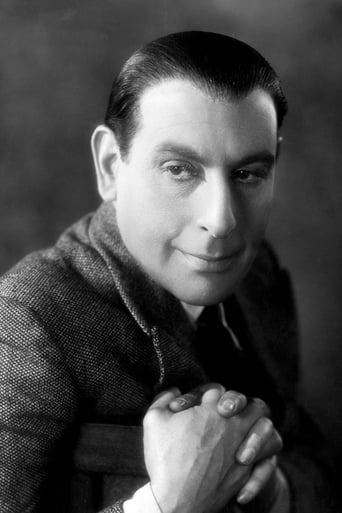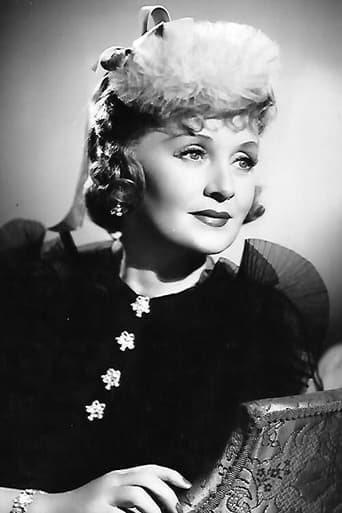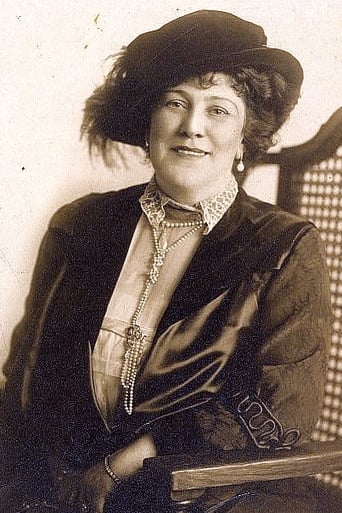Pluskylang
Great Film overall
Curapedi
I cannot think of one single thing that I would change about this film. The acting is incomparable, the directing deft, and the writing poignantly brilliant.
Arianna Moses
Let me be very fair here, this is not the best movie in my opinion. But, this movie is fun, it has purpose and is very enjoyable to watch.
JohnHowardReid
Copyright 13 June 1935 by Pioneer Pictures, Inc. Released through RKO-Radio Pictures. New York opening at the Radio City Music Hall: 13 June 1935 (ran two weeks). U.S. release: 28 June 1935. U.K. release: 11 July 1935. Australian release: 18 September 1935. 9 reels. 84 minutes. NOTES: Langdon Mitchell's play opened in New York on 12 September 1899 and ran a moderately successful 116 performances. It was revived no less than three times, the last in 1929. This film version was the first feature to be photographed entirely in three-strip Technicolor. Shooting commenced on 3 December 1934 under the direction of Lowell Sherman, who died on 28 December. Mamoulian took over on 14 January 1935, and re-shot all Sherman's footage. Miriam Hopkins was nominated for the year's most prestigious award for Best Actress, losing to Bette Davis in Dangerous.COMMENT: Just as the play presented a potted version of the novel, so the film presents a potted version of the play. Nonetheless, although it will undoubtedly disappoint fans of Thackeray, it's a mighty entertaining offering. And not just for its often inspired use of color in sets and costumes, its lavish production values, its occasionally imaginative direction and sometimes exceptionally deft film editing. Although she is inclined to over-act her scheming Becky, Miriam Hopkins maintains interest in her characterization. In fact, she dominates the movie to such an extent, the other players-with the notable exception of strong-minded Alison Skipworth-are often put in the shade. Even Sir Cedric Hardwicke gives up the unequal struggle and is content merely to mouth his lines. True, Nigel Bruce and Alan Mowbray seem determined to make the most of their scenes, but their valiant efforts come to little. Only Tempe Pigott manages briefly to share the Hopkins limelight. Billie Burke is hardly in the movie at all, and even the lovely Frances Dee makes little impression. But for all its relentless concentration on the often unsympathetic Becky, the movie, as said, is always enjoyable. Indeed it's one of those rare films that you feel you need to see again.
clanciai
Rouben Mamoulian (birthday today 4.12) was always ahead of his time. This was the first full color feature (1935!) based on William Thackeray's "Vanity Fair", one of the greatest novels of the 19th century, full of literary splendor, transported on the screen not without success. Mamoulian's last film was "Silk Stockings" (1957) with Fred Astaire and Cyd Charisse, but he also started on "Porgy and Bess" (completed by Otto Preminger) and "Cleopatra" (1962, completed by Joe Mankiewicz). - With its striking gallery of great actors, like Allan Mowbray, Nigel Bruce ("Dr Watson"), Cedric Hardwicke, Billie Burke and Miriam Hopkins among others, it is great theater all the way in Mamoulian's characteristic lushness and splendor of vivacity and imagery in very innovative direction - the feature is above all a feast to the eyes and an amazing film in spite of its almost 80 years - and impressing as the first full length color film.
chuck-reilly
The 1935 film "Becky Sharp" remains important chiefly for being the first major movie shot in Technicolor. The story is an abridged version of William Makepeace Thackeray's 19th Century novel "Vanity Fair." Becky Sharp is the main character of the book and is a social-climbing hussy with few redeeming qualities, except for her good-looks. Thackeray didn't judge her too harshly, however. He was more interested in satirizing British society, in general. "Vanity Fair" was indeed his greatest work although he's also known for writing "The Memoirs of Barry Lyndon" which Stanley Kubrick brought to the screen in the mid-1970's. Miriam Hopkins may have been a bit old to be playing the conniving Becky Sharp but she gives it her best shot. Unlike the novel, Hopkins' character is at least somewhat justified in her decision-making process even while retaining the frivolous part of her personality. The key scene in the film is near the end when director Rouben Mamoulian re-enacts the famous Duchess of Richmond's ball at her Brussels estate on the eve of the Battle of Waterloo. It's done with a definite flair for the dramatic along with some well-placed historical references. The ominous sounds of war are heard in the distance as the great ball comes to a premature end; its frightened participants running off into an uncertain future.The cast is filled with some familiar faces from the past. Beautiful Frances Dee livens up the screen as Becky's good pal Amelia. Nigel Bruce, best remembered for playing Doctor Watson alongside Basil Rathbone's Sherlock Holmes, does some adequate work as one of Becky's admirers. Sir Cedric Hardwicke is also around as a British aristocrat with a roving eye for the ladies. Recently, Reese Witherspoon tried her luck in the role of Becky Sharp in the 2004 film version of "Vanity Fair" with mixed results. At least she was young enough for the part.
Ron Oliver
Pretty BECKY SHARP, orphaned & penniless, knows exactly what she wants out of life and how to get it.William Makepeace Thackeray's Vanity Fair is brought to vivid, if drastically reduced, life and provides a wonderful showcase for star Miriam Hopkins, who gets the most out of her selfish, petulant, scheming, desperate character. Her Becky is fascinating to watch and dominates nearly every scene in the film, making us forget that the actress is not English and forgive that the character is rather less than virtuous.Miss Hopkins is aided by a sizable cast of seasoned veterans, mostly British, several of whom only appear in a single scene. Frances Dee has very little to do except look lovely as Becky's school chum. Nigel Bruce comes off rather better as Miss Dee's obese brother who adores Becky. The incomparable Alison Skipworth plays their quarrelsome old aunt who hires Becky for a short while. Alan Mowbray has a fine romantic role as the husband who worships Becky, to his pain.Marvelous Sir Cedric Hardwicke successfully underplays his role as a powerful nobleman who takes Becky as his mistress. Wonderful Billie Burke appears for a few moments in a serious role as a society lady attending a soirée in Brussels. Doris Lloyd is the hostess.Three short, sharp portrayals worth watching for are provided by Elspeth Dudgeon as an acidic girls' school proprietress; George Hassell as a rascally old baronet; and Tempe Pigott as a plain-talking charwoman.BECKY SHARP is important historically in that it was the first film produced in full 3-strip Technicolor. Director Rouben Mamoulian's opulent production was a worthy choice for such a distinguished accolade. Restored in the 1990's, the color is once again most pleasing to the eye.





